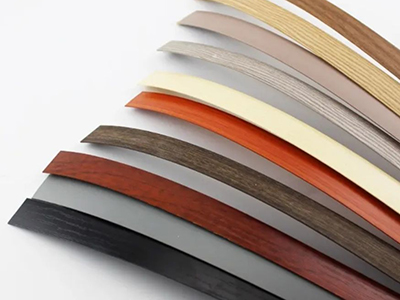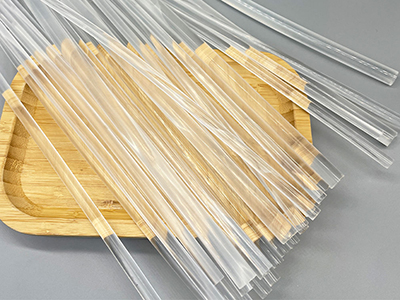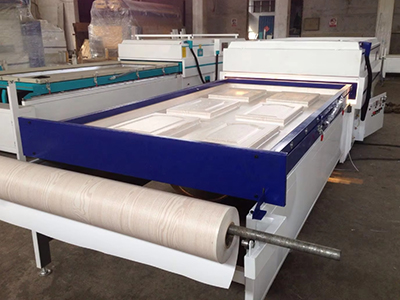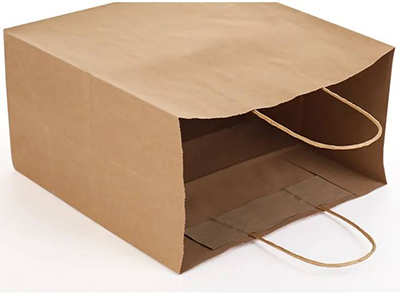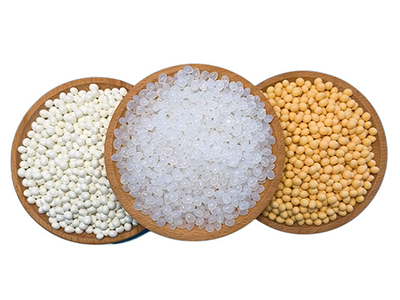When it comes to woodworking and furniture projects, ABS (Acrylonitrile Butadiene Styrene) edging is a popular choice for its durability and aesthetic appeal. Whether you’re applying ABS edging to countertops, cabinets, or other surfaces, selecting the right adhesive is crucial for achieving a strong, lasting bond. In this article, we’ll explore the best glue for ABS edging and the factors to consider when choosing the right adhesive.
1. Understanding ABS Edging
ABS edging is a type of plastic veneer often used to finish the exposed edges of particle board or MDF (Medium-Density Fiberboard). Its robust nature and resistance to moisture make it an excellent choice for both residential and commercial applications. However, to ensure the longevity and integrity of your project, it’s essential to use an appropriate adhesive for bonding ABS edging.
2. Best Glue Options for ABS Edging
Here are some of the top adhesive options for ABS edging:
a. Hot Melt Adhesive
Hot melt adhesives, often applied using a hot glue gun, are ideal for bonding ABS edging. They provide a quick setting time and strong bond. Hot melt adhesives are especially useful for small projects or quick repairs, as they dry rapidly and can be sanded or trimmed once set.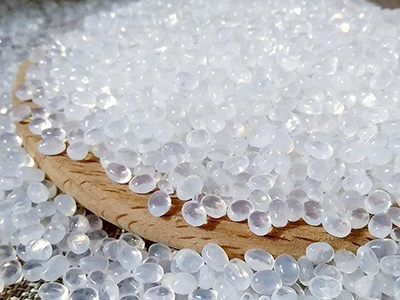
b. Cyanoacrylate Adhesive (Super Glue)
Cyanoacrylate, commonly known as super glue, is another excellent option for ABS edging. It offers a strong bond and is perfect for small applications or when you need to make quick fixes. However, it’s important to use it sparingly, as it can be brittle and may not withstand heavy stress.
c. Two-Part Epoxy
For more demanding applications, two-part epoxy adhesives provide an exceptionally strong bond. These adhesives consist of a resin and a hardener that, when mixed, create a durable, water-resistant bond. Epoxy is ideal for larger projects or where added strength is needed, although it requires a longer curing time compared to other options.
d. Contact Cement
Contact cement is also a viable choice for ABS edging, especially when applying edging to larger surfaces. It requires applying adhesive to both the ABS edging and the substrate, allowing it to dry before bringing the surfaces together. This method results in a strong bond, making it suitable for projects that require durability.
3. Factors to Consider When Choosing Adhesive
When selecting the best glue for ABS edging, consider the following factors:
- Project Size: For smaller projects, hot melt glue or cyanoacrylate may suffice. For larger applications, consider epoxy or contact cement.
- Curing Time: If you need a quick bond, hot melt adhesives or cyanoacrylate are your best options. For stronger bonds, be prepared for longer curing times with epoxy.
- Environmental Resistance: If your project will be exposed to moisture or high temperatures, ensure the adhesive you choose is water-resistant or heat-resistant.
4. Application Tips
To achieve the best results when bonding ABS edging:
- Surface Preparation: Ensure both surfaces are clean and free from dust or grease for optimal adhesion.
- Clamp or Weigh Down: After applying the adhesive, use clamps or weights to hold the edging in place while it cures, ensuring a tight bond.
- Trimming and Finishing: Once the adhesive has set, trim any excess edging with a sharp blade and sand the edges for a smooth finish.
5. Conclusion
Choosing the right glue for ABS edging is essential for a successful project. Hot melt adhesives, cyanoacrylate, two-part epoxy, and contact cement each offer unique benefits suited to different applications. By considering the factors mentioned and following proper application techniques, you can achieve a strong, lasting bond that enhances the beauty and durability of your woodworking projects.


